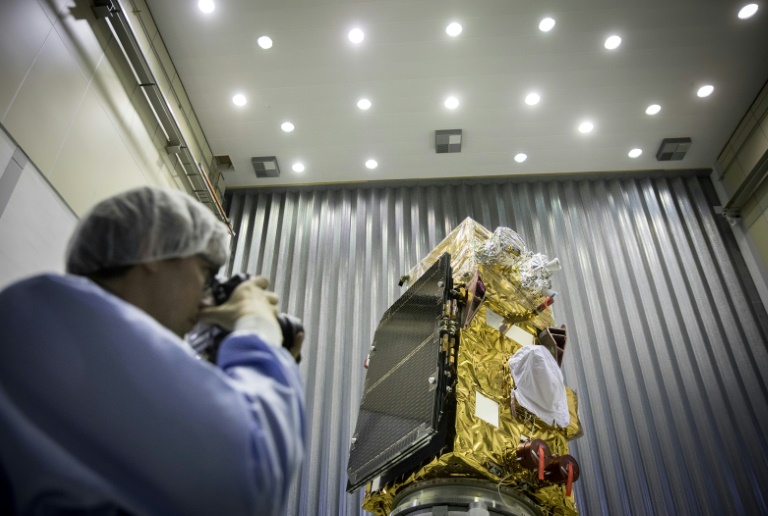

Dubbed Sentinel-2B, the satellite will blast off on a Vega rocket from Europe’s space port in Kourou, French Guiana, at 0149 GMT, the company said.
“The Sentinel-SB Earth observation satellite primarily focuses on monitoring land masses and coastal zones around the world,” Arianespace said in a statement.
Its data will be used to monitor changes in forest cover and pollution in lakes and coastal waters, for example.
The orbiter will be positioned directly opposite Sentinel-2A, launched in June 2015.
“The pair of Sentinel-2 satellites will cover the Earth’s entire surface in five days,” said Arianespace, which launches satellites for the European Commission and European Space Agency.
“This high frequency means they will capture brand-new views of the Earth, driving considerable progress in monitoring and predicting changes in vegetation and aquatic pollution.”
Sentinel-1A was launched in April 2014 and Sentinel-1B two years later. They are equipped with special cloud-penetrating radar with which to monitor Earth’s surface by day and by night, regardless of the weather.
The twins should spot anything from icebergs and oil slicks to illegal logging.
Other satellites yet to be launched will focus on ocean data and Earth’s atmosphere.
By mapping areas stricken by flood or earthquake, Copernicus will also be able to help emergency teams identify worst-hit areas and locate passable roads, railway lines and bridges.
The programme is named for the 16th-century Polish astronomer who determined that the Earth orbited the Sun, and not the other way round, as convention had it at the time.
lc-mlr/ach
© Agence France-Presse
